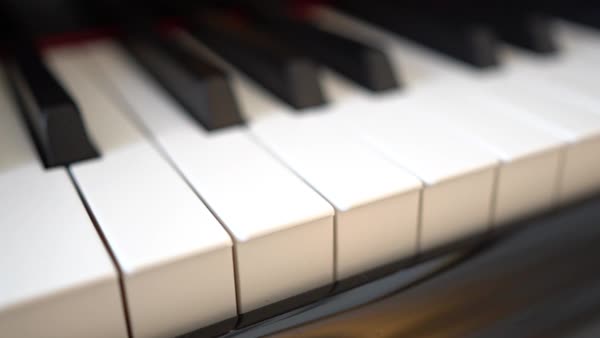Whether you’re teaching instrumentalists, vocalists, composers or mathematicians, teachers can agree that all learners benefit from visual and tactile representations of concepts. But we face a unique challenge as music educators: how do we create an image that connects what our students see in notation to the sounds they produce?
How does uTheory create a visual?
uTheory Pitch & Harmony lessons frequently refer to the piano keyboard. From teaching notes on the staff to spelling melodic minor scales, uTheory uses the keyboard to create a consistent visual reference for your students, regardless of their instrument or voice.
Try this:
Mnemonics are great memory tools, but only after an understanding of the concept is established. When teaching the notes on the staff, instead of jumping straight to “Every Good Boy Does Fine,” start by dragging out the piano, xylophone, or even projecting an image of a piano keyboard for an introduction to the keyboard. This will help beginning musicians and younger students with the idea that notes exist in a stepwise manner, from low to high or high to low, rather than random order. Then, teach the notes on the staff in order in small groups, for example, middle C to G in treble clef. Once your students demonstrate understanding of how to identify notes by moving up and down the staff, then they’re ready for memory tools to improve note-reading fluency.
The keyboard will continue to be a helpful visual reference. Teaching accidentals, intervals, scales and triads, to name a few, can draw on the use of a keyboard to help students fundamentally understand what they’re creating, both in notation and through their instrument.
Interesting. How do I find out more?
To see how we break it down and make theory engaging, check out the uTheory lessons by creating a free teacher account today.
We’ve heard it, and we know you have too – something along the lines of “Music theory is hard,” and “Why do I have to learn this?” uTheory’s goal is simple: to make music theory learning easy.

